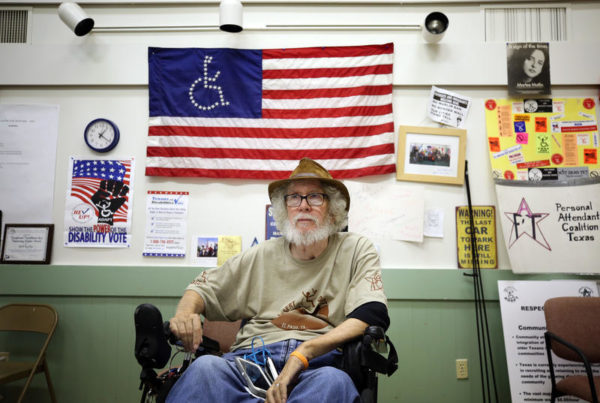The Standard’s news roundup gives you a quick hit of interesting, sometimes irreverent, and breaking news stories from all over the state.
The City of Fort Worth has launched a task force on race, culture, income and education.
The move comes in the wake of a white police officer’s high-profile arrest of a black mother that exposed long-standing racial tensions in the city.
Gyna Bivens is one of two African American City Council members, and she pledged that the task force would be the beginning of meaningful change.
“It’s really not a kumbaya moment, because what I’m looking at is what’s going to be the outcome, and more importantly I want to make sure we have a review of lessons learned. This took entirely too long to get this point,” Bivens says.
The task force will work with the National League of Cities to hold listening sessions, collect data and recommend council actions to bridge gaps and improve opportunities for underserved communities.
Earlier this year, a federal judge ruled that Harris County’s bail system was unconstitutional.
Judge Lee Rosenthal said people could not be detained for low-level offenses just because they couldn’t afford bail. So she ordered the county to begin releasing misdemeanor defendants at the beginning of June.
Houston Public Media’s Al Ortiz reports that Harris County officials have released new details about the effects of the order:
According to Harris County, 978 people were released in a three-week period. And 40 of them allegedly committed crimes after their release.
That’s compared to just six repeat offenders among those who did pay bond.
That has Judge Ed Emmett worried.
“If you’re out without paying anything, then those have seemed to re-offend more often than, than those who are out on a bond,” Emmet says.
The data compiled by the county shows most of the people released under the judge’s order were charged with criminal trespass, criminal mischief, evading arrest and DWIs.
Researchers from the University of Texas at Dallas say they’ve identified factors that could increase police officers’ likelihood of using deadly force.
They looked at eight indicators to try to figure out the relationship between low self-control and officer-involved shootings.
Those indicators included things like getting fired, being more than $1,000 in debt, and getting divorced or separated.
“For each additional indicator that you would have there, the odds that a person would be involved in a shooting went up by about 21 percent,” says Jon Maskaly, an assistant professor of criminology at UT-Dallas who worked on the study. “And, one of the things that it’s important to qualify this with is that we’re agnostic about the fact to whether the shootings were justified or unjustified because we just simply don’t have that data.”
Maskaly adds that he and his fellow researchers didn’t know the contextual factors that led to particular shootings. But, by looking at these eight behavioral indicators, he says they’ve identified a pattern for who could be more likely to use deadly force.
And this is something Maskaly says law enforcement agencies can take into account.
















